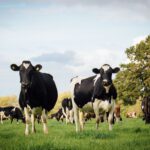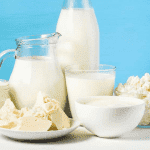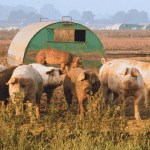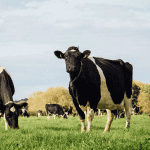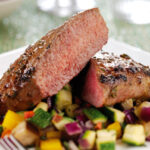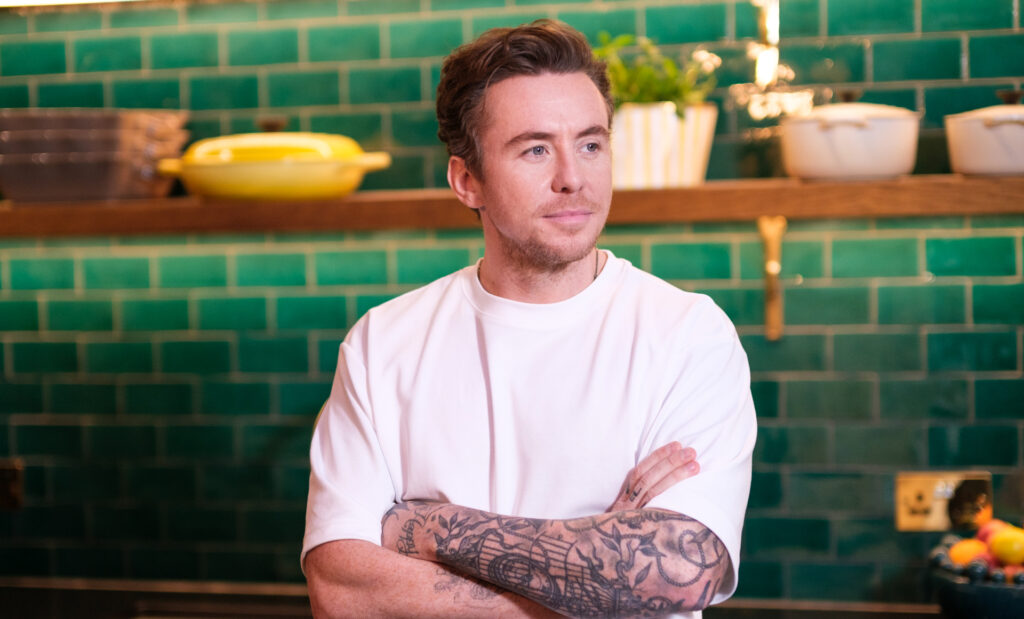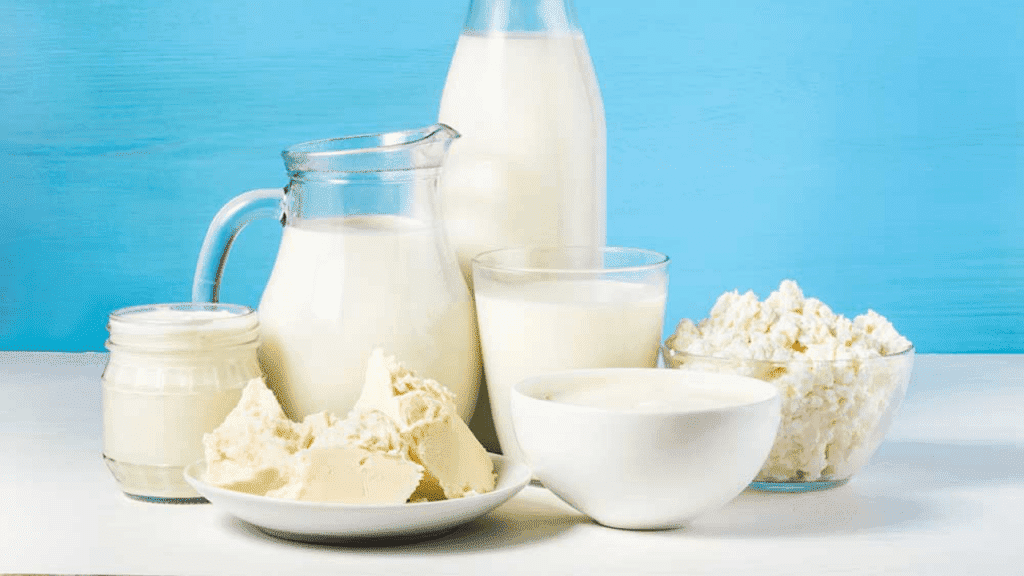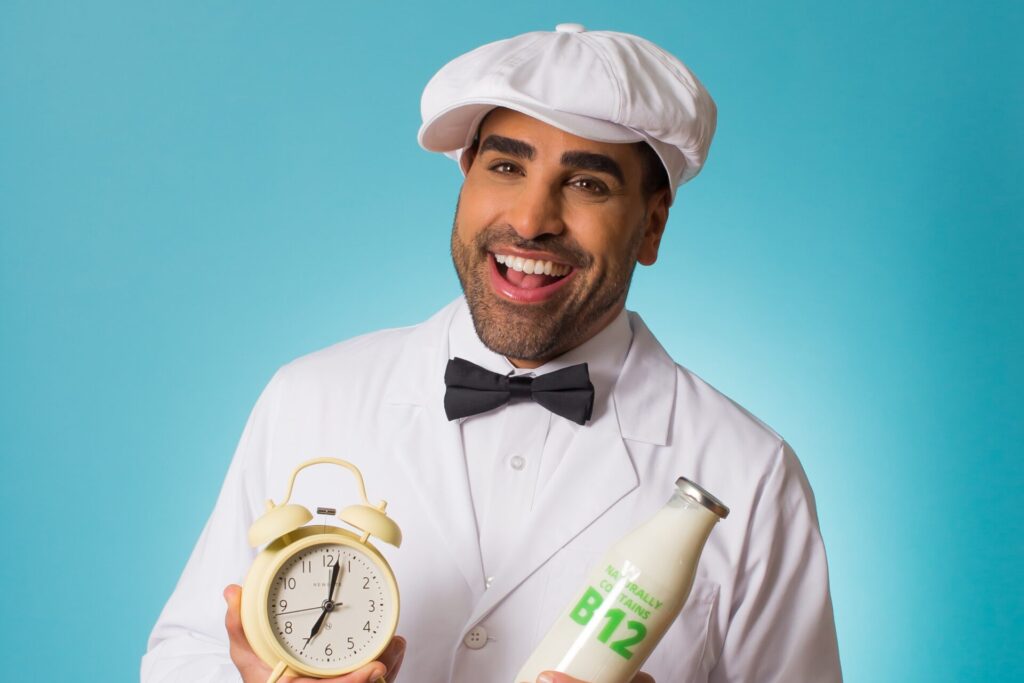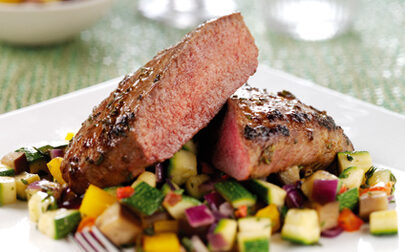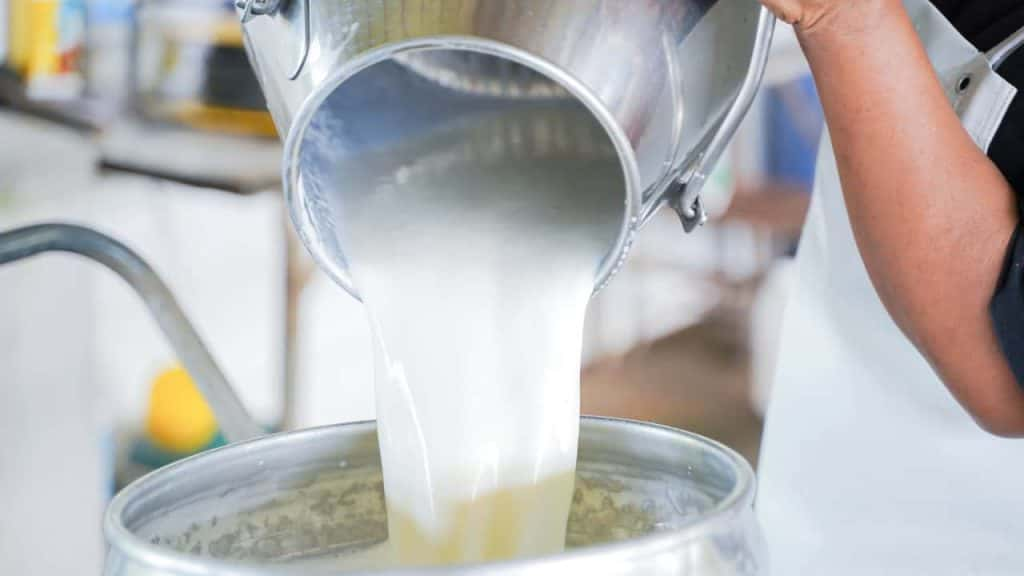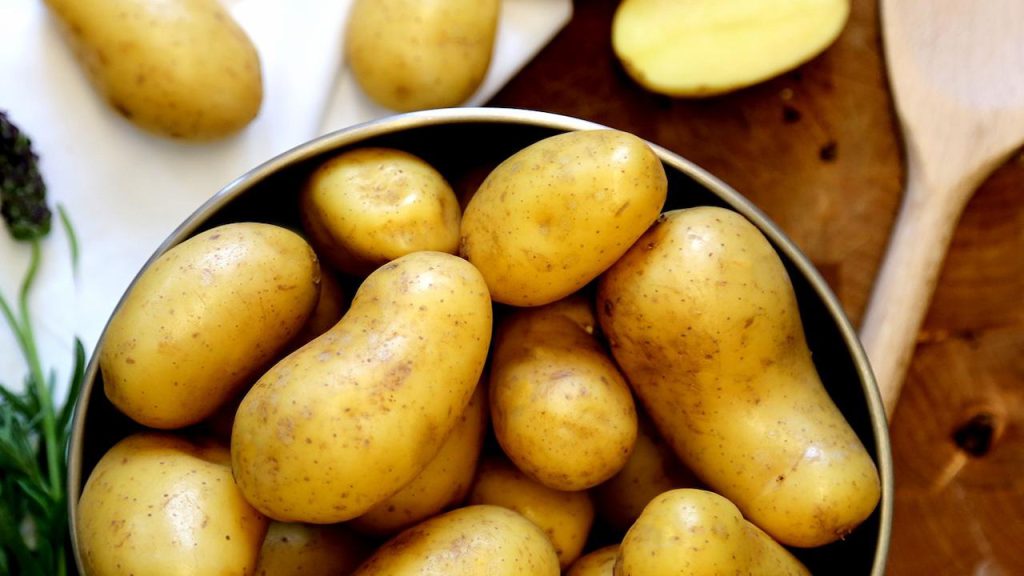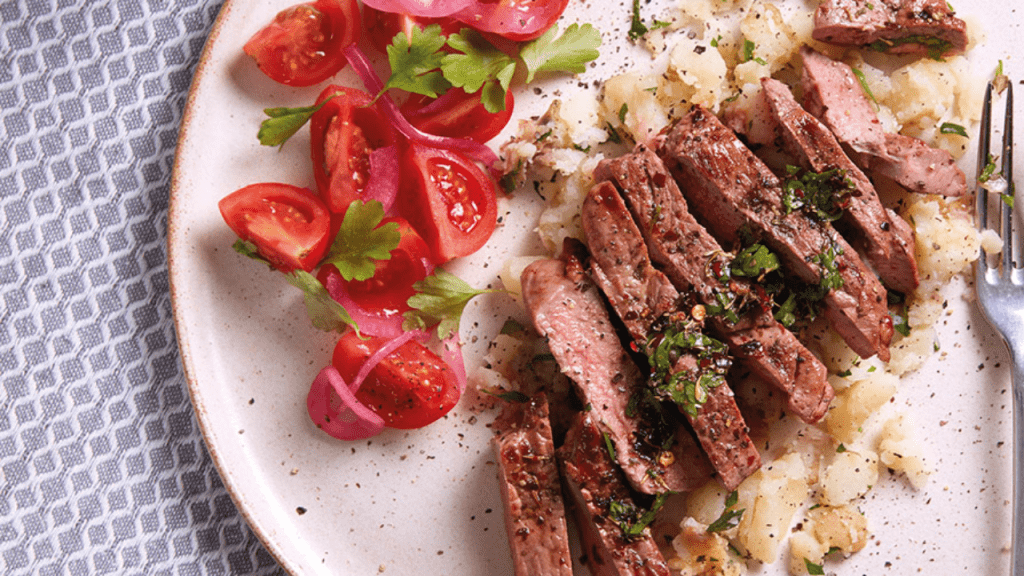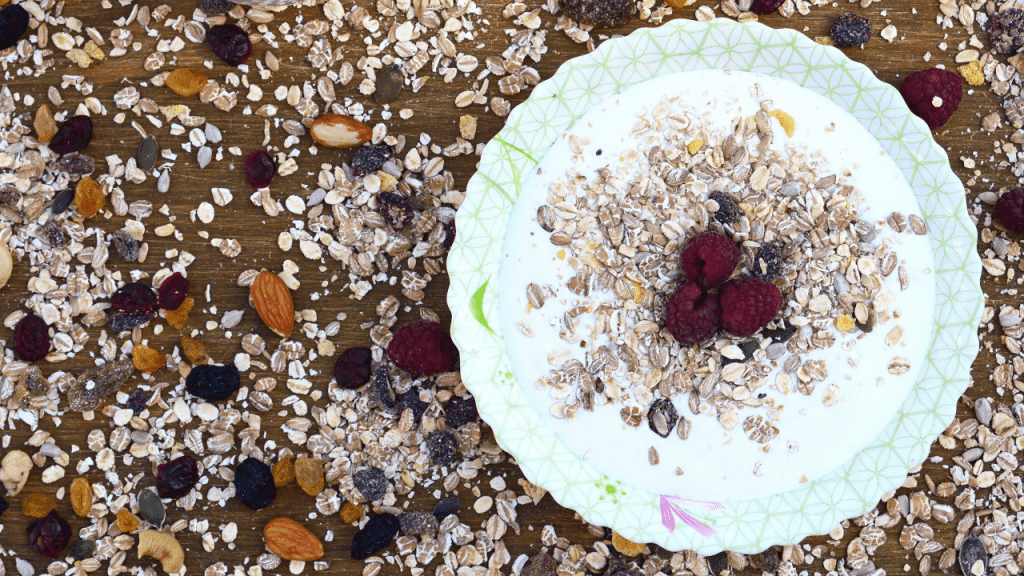Iron
Recent National Diet and Nutrition Survey (NDNS) results show that 1 in 4 UK women have a low intake of iron
Symptoms of iron deficiency anaemia, caused by a lack of iron, can include tiredness and lack of energy, shortness of breath and pale skin.
If you have symptoms of iron deficiency anaemia, see your GP who can confirm if you are anaemic with a blood test and investigate why, as it may not necessarily be diet-related.
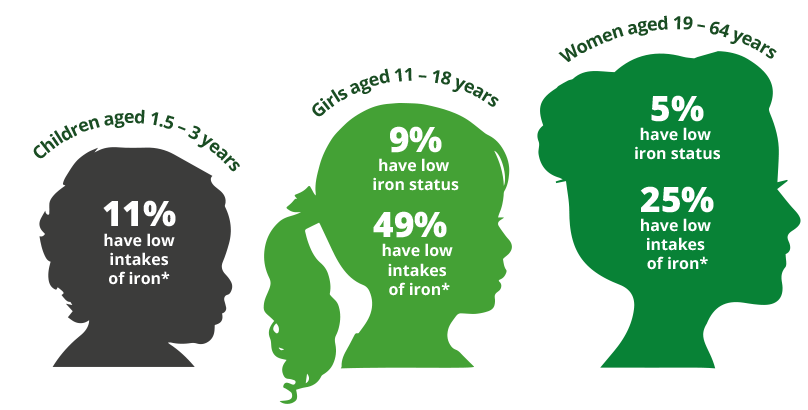
*Below the Lower Reference Nutrient Intake (LRNI) – the amount that is enough to meet the needs of only a small proportion of the population (2.5%). Intakes below the LRNI are inadequate for most individuals.
Source: National Diet and Nutrition Survey (NDNS), carried out on behalf of Public Health England and the Food Standards Agency, which provides the only source of nationally representative UK data designed to assess the diet, nutrient intake and nutritional status of the general UK population aged 1.5 years and over.
Results are used by the Government to monitor progress towards diet and nutrition objectives and develop policy.
Low iron status: Are you more at risk?
Women who have heavy periods, pregnant women and athletes, as well as those on some restricted diets, may need to be especially aware of their iron intake. For example, pregnancy can be a common cause of iron deficiency anaemia.
Red meat, like beef, contains haem iron, the most easily absorbed form of iron, and can be an important source, along with other iron-rich foods.
Getting more from your food
A balanced plate is a beautiful thing. We should be eating a variety of different foods, to help us get the wide range of nutrients that our bodies need.
But did you know: eating certain foods together may help your body to absorb iron?
Meat contributes to the improvement of iron absorption when eaten with other foods containing iron. Non-haem iron – the kind of iron you find in plant based foods like green leafy vegetables, beans and bread – is harder for the body to absorb than haem iron – the kind you find in red meat.
Vitamin C, present in fruit and vegetables, also increases iron absorption. By including 50g of meat like beef in a balanced meal (i.e. when eaten with food(s) containing non-haem iron), it can help your body absorb more iron.
Red meat has higher levels of iron than white meat.
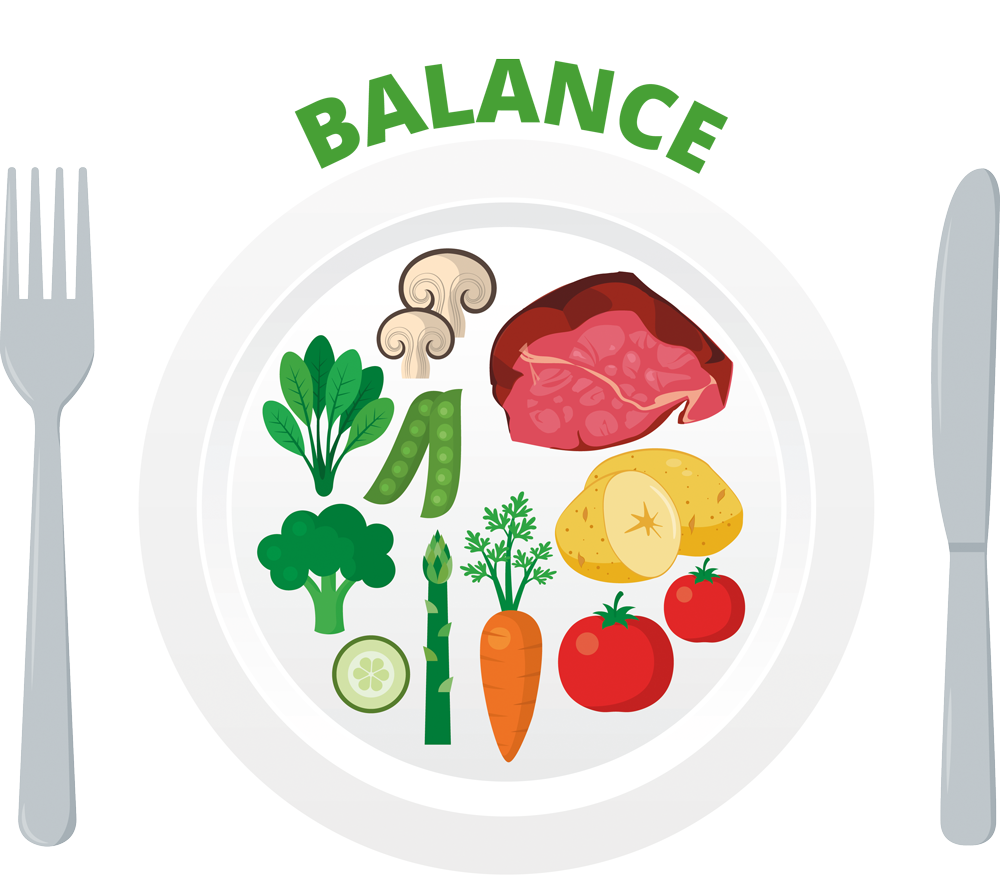
Why is iron so important?
Iron* helps the body do all sorts of things.
Not only does it contribute to the reduction of tiredness and fatigue, it also:

Helps your immune system to work normally
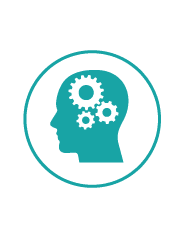
Supports normal cognitive function
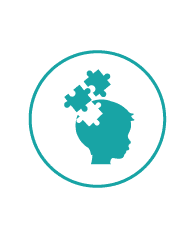
Helps with the normal cognitive development of children
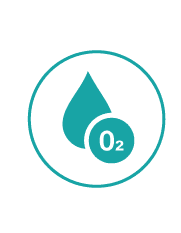
Contributes to normal oxygen transport in the body
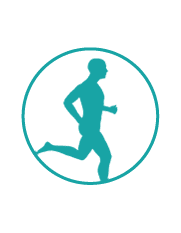
Helps with normal energy production in the body
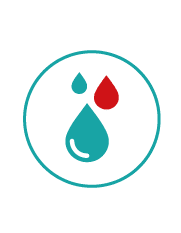
Supports normal formation of red blood cells

Has a role in the process of cell division
*Lean beef and lean lamb leg steaks, leg joints, loin chops and shoulder joints are sources of iron, according to the UK’s McCance and Widdowson’s The Composition of Foods Integrated Dataset (CoFID) 2021, based on 100g of raw, lean beef (average figures are used, rather than specific cuts) and 100g raw, lean lamb chops and 100g raw, lean lamb steaks.
Top tips for a healthy diet
Be careful when making changes to your diet
If you’re making big changes, don’t cut out whole food groups, and make sure you include iron-rich foods in your diet.
Eat balanced
Make sure you eat a good variety of foods from the main food groups to help get the nutrients your body needs, such as vitamins and minerals.
Be aware of mixed messages
There are a lot of conflicting nutrition messages in the media and you may hear different advice from family, friends or celebrities. What works for them may not necessarily work for you and making big changes to your diet can mean you miss out on essential nutrients. There is not a ‘one size fits all’ approach to eating a healthy, balanced diet, but it’s important that the eating pattern you adopt is based on scientific evidence.
Expert opinion
Iron deficiency, either from low dietary iron or regular blood loss, needs addressing for good quality of life. Eat foods rich in iron, such as meat, pulses, dark-green leafy vegetables, cereals and fortified bread, but see your GP if you have regular blood loss from heavy periods, piles or nosebleeds.

Gill Jenkins
GP
